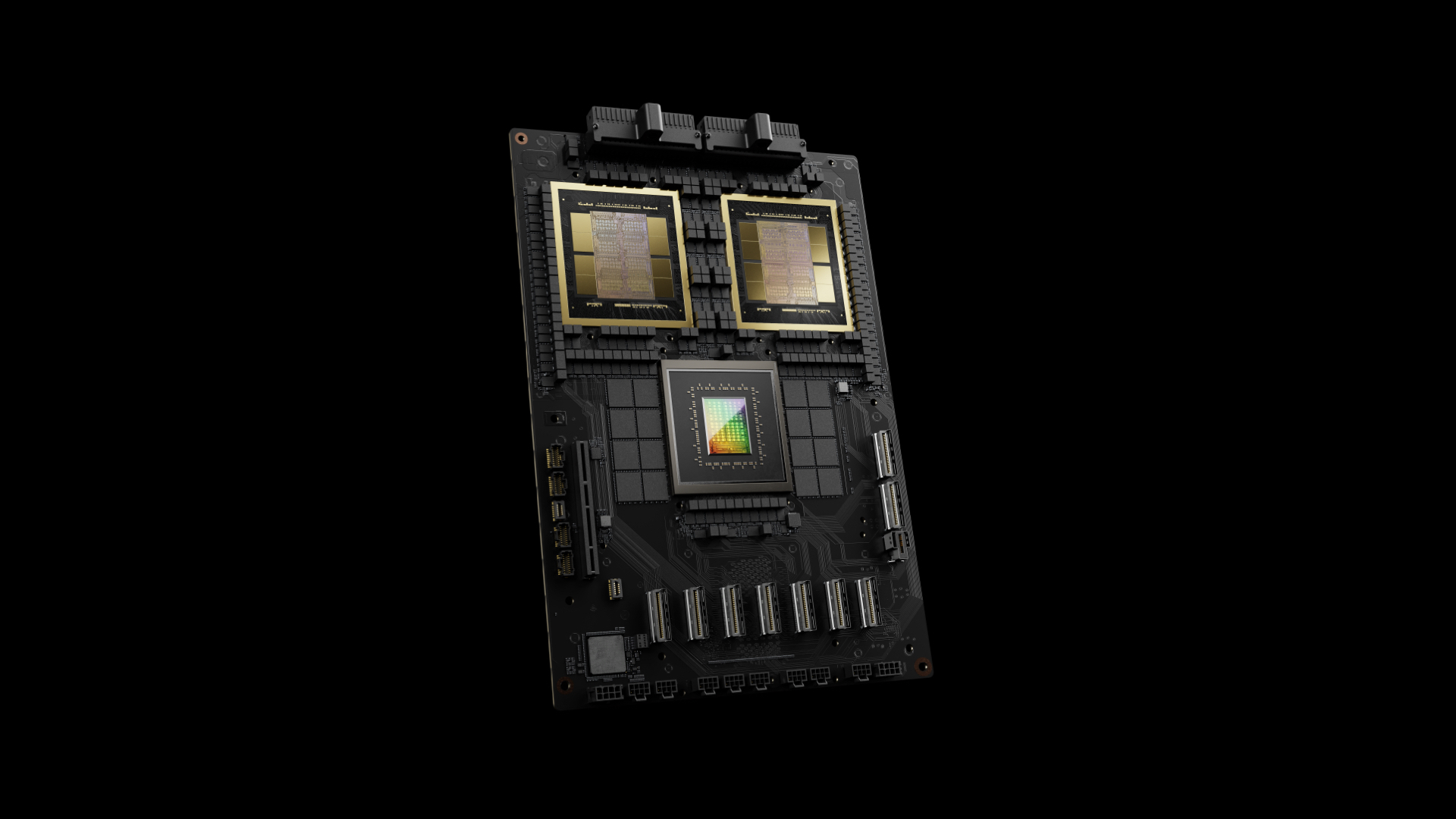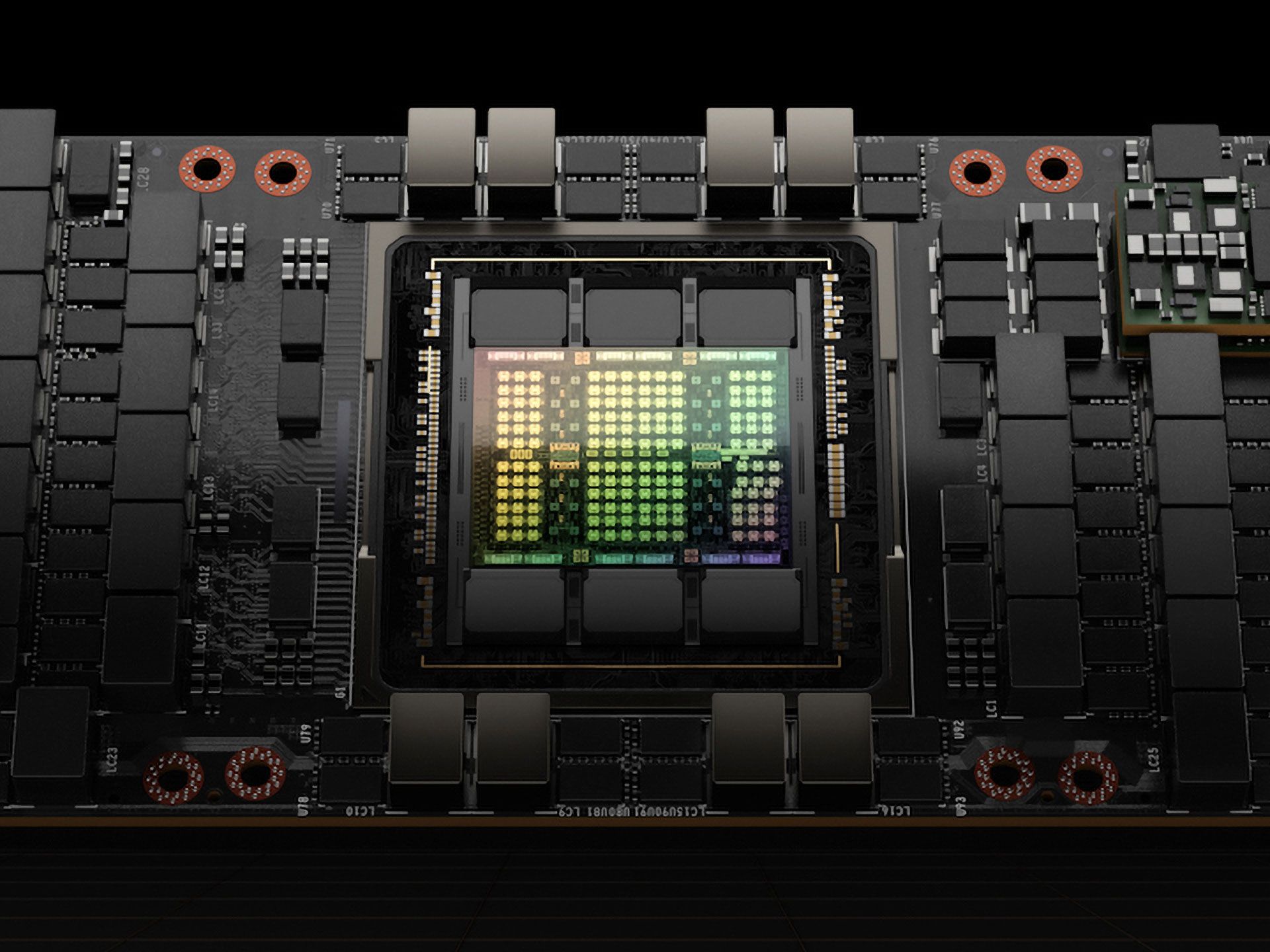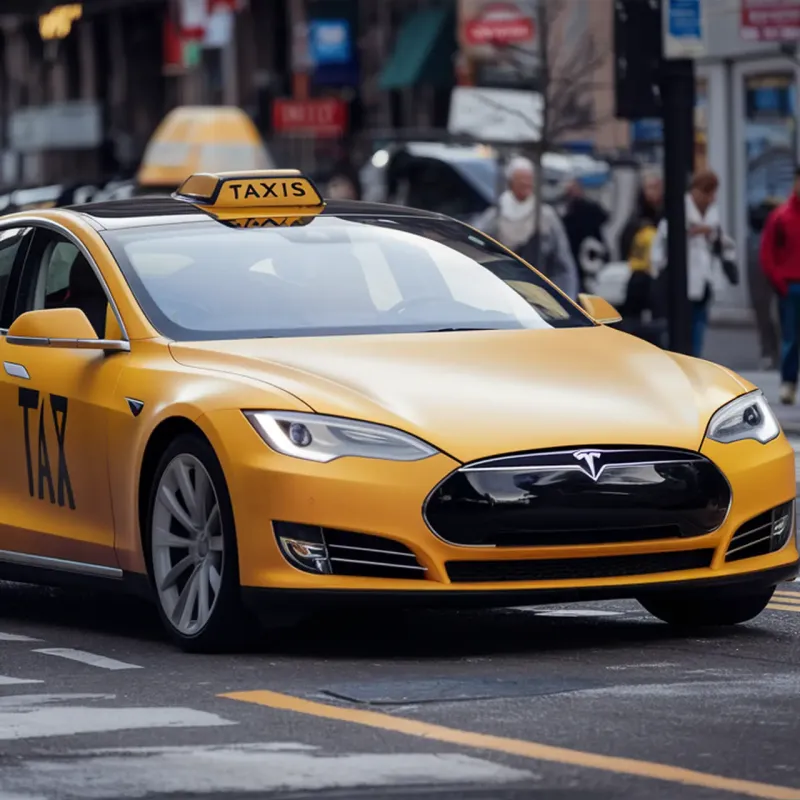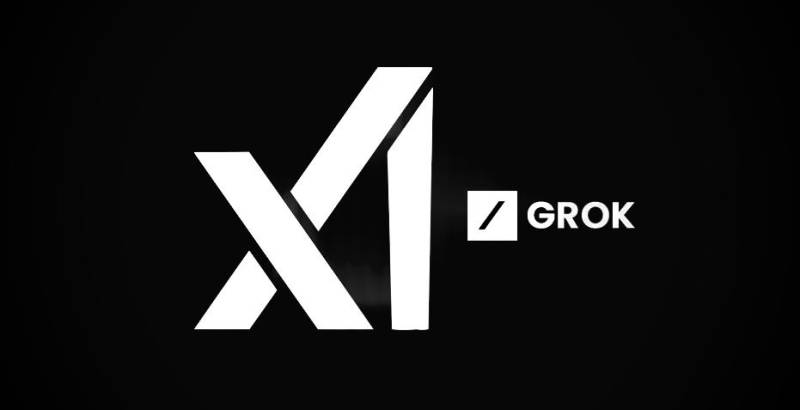Nvidia’s dominance in the AI landscape isn’t just built on top-tier GPUs—it’s increasingly driven by strategic startup investments. As the chipmaker continues to fuel AI’s explosive rise, it’s backing cutting-edge ventures that span everything from foundational models to robotics, healthcare, and sovereign infrastructure. Here's an in-depth look at Nvidia’s most significant bets shaping the future of AI. In 2023 alone, Nvidia participated in 49 venture rounds—up sharply from 34 in 2022—and has continued this momentum in 2025 with seven sizeable rounds so far. Key investments include:

Read Also: Open AI x Microsoft Rift
OpenAI: In late 2023, Nvidia contributed $100 million to OpenAI’s massive $6.6 billion round, aligning them with the creators of ChatGPT.
xAI: Elon Musk’s AI venture secured Nvidia's backing in mid‑2024, demonstrating the company’s openness to rivals of OpenAI.
Cohere: This prominent large-language model developer raised $270 million in 2023 with Nvidia as a major participant.
Mistral AI: Backed by Nvidia during its $640 million Series B in June 2024, Mistral is now central to Europe’s sovereign AI push.
Perplexity: A rising AI search engine, Nvidia, joined its funding rounds, most recently valuing it at $9 billion.

On the infrastructure front, CoreWeave stands out. Nvidia provided capital during CoreWeave’s 2024 and 2025 financings; the company now boasts a $19 billion valuation and a high-profile IPO, thanks to its GPU-cloud services. Nvidia’s portfolio also includes AI robotics and autonomous vehicle startups like Wayve, and enterprise AI software firms such as Adept AI, Hugging Face, and Poolside AI, with the latter securing unicorn status after a massive $500 million Series A that included Nvidia’s support. TechCrunch aptly dubbed this Nvidia-fuelled surge as an “AI empire,” reflecting its broader ecosystem strategy. But Nvidia’s influence isn’t just financial—it’s infrastructural and geopolitical. During Jensen Huang’s recent European tour, he pitched “sovereign AI,” a vision where nations develop domestic AI ecosystems powered by Nvidia GPUs. Partnerships were forged across the UK, Germany, France, and Italy to install high-performance AI infrastructure locally. The EU even launched a $20 billion initiative to build four AI gigafactories, cementing Nvidia’s chips as the backbone of this infrastructure.
Beyond Europe, Nvidia-backed SandboxAQ—one of its high-profile startups—unveiled a massive synthetic dataset to streamline drug discovery. Powered by Nvidia’s computing, SandboxAQ simulated 5.2 million novel molecules for AI-based drug development. These strategic investments reinforce Nvidia’s multifaceted AI empire: foundational model providers, cloud infrastructure, robotics, healthcare AI, and national-scale sovereign systems. Each investment not only boosts short‑term innovation but also cements Nvidia’s dominance across the AI value chain.
Looking ahead, Nvidia’s appetite for AI funding shows no signs of slowing. Industry analysts now equate its growth story with sovereign AI demand and infrastructure expansion, noting a potential multitrillion-dollar market by decade’s end. In summary, Nvidia isn’t just selling GPUs—it’s architecting an AI ecosystem. Through targeted startup investments across sectors, infrastructure partnerships that serve global ambitions, and groundbreaking technology platforms, Nvidia is evolving from a semiconductor titan to an AI empire builder. As new startups emerge and sovereign AI takes hold, Nvidia appears positioned to remain at the helm of the AI revolution.



